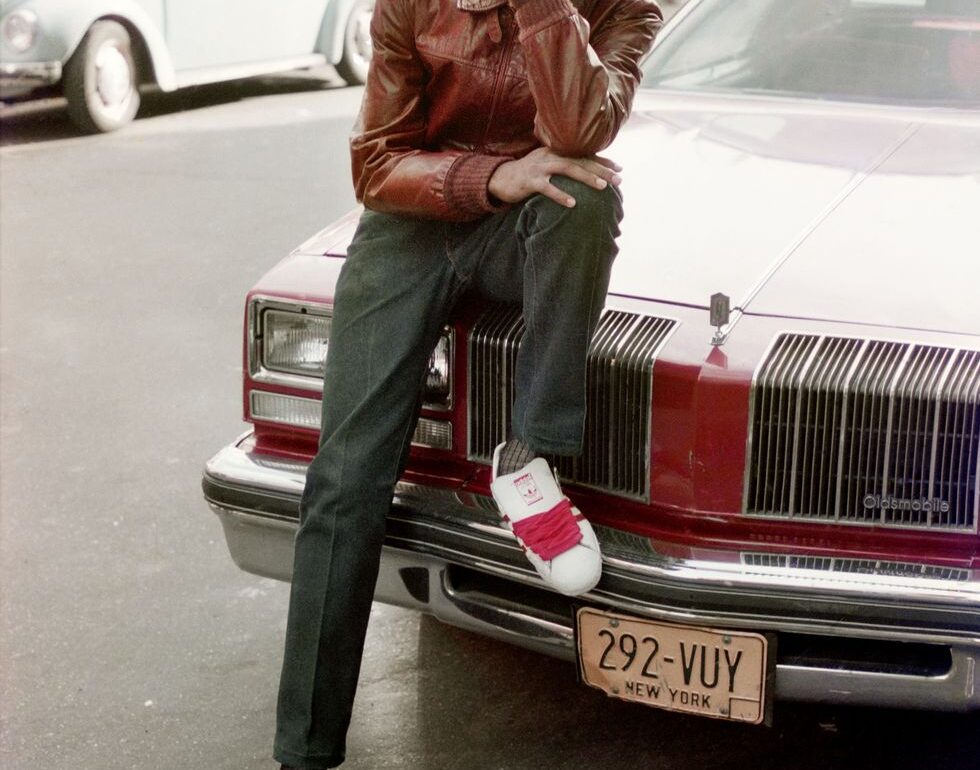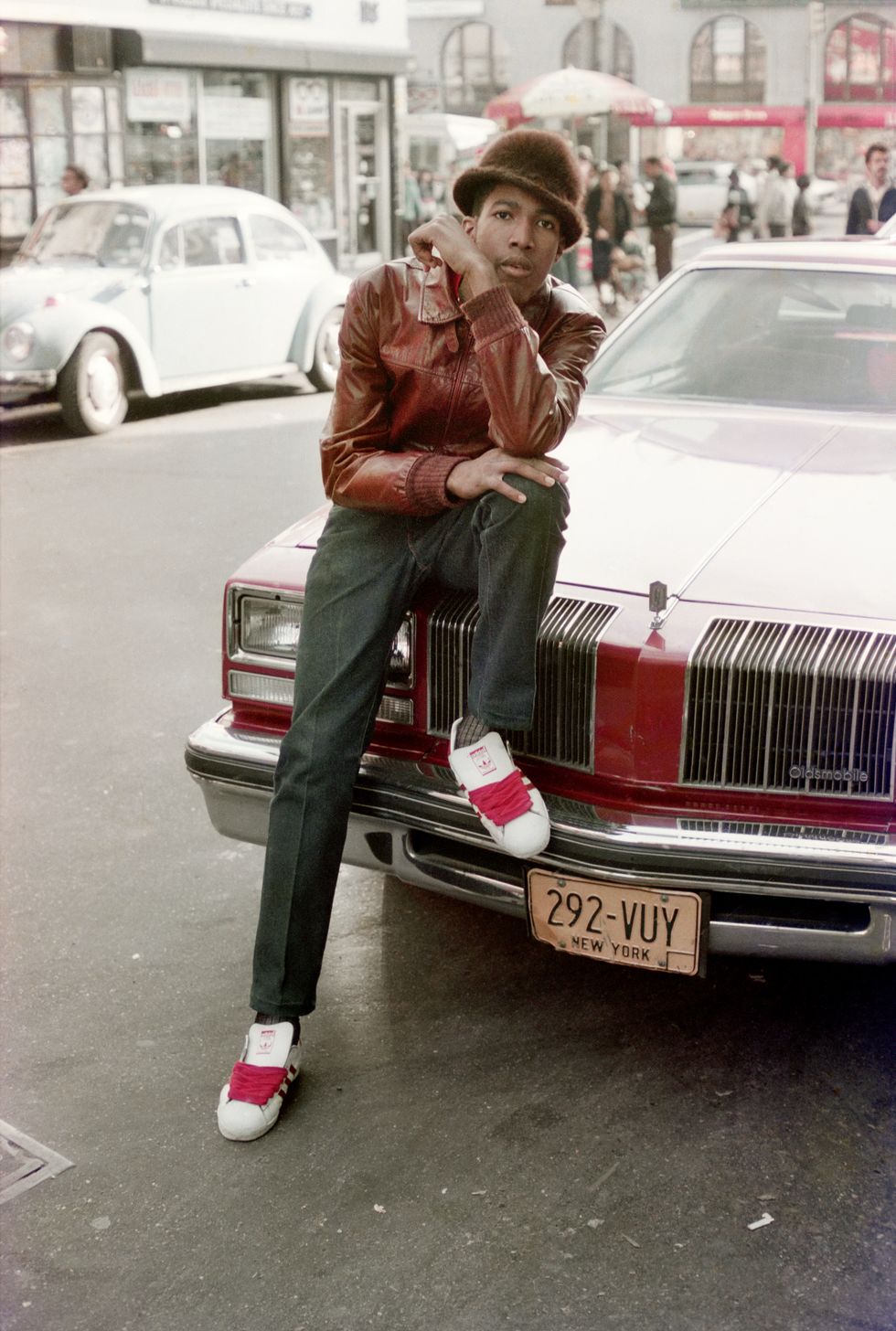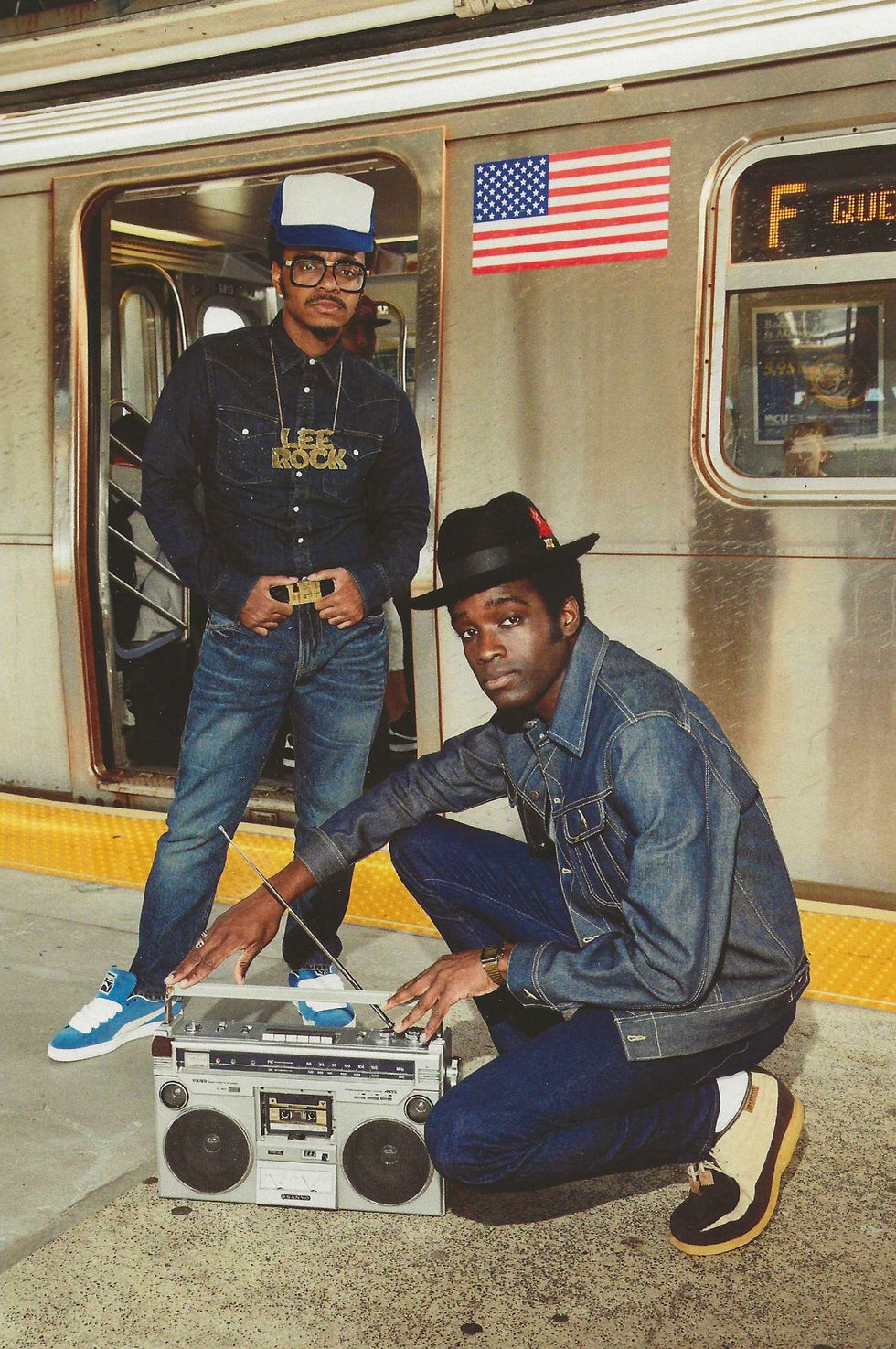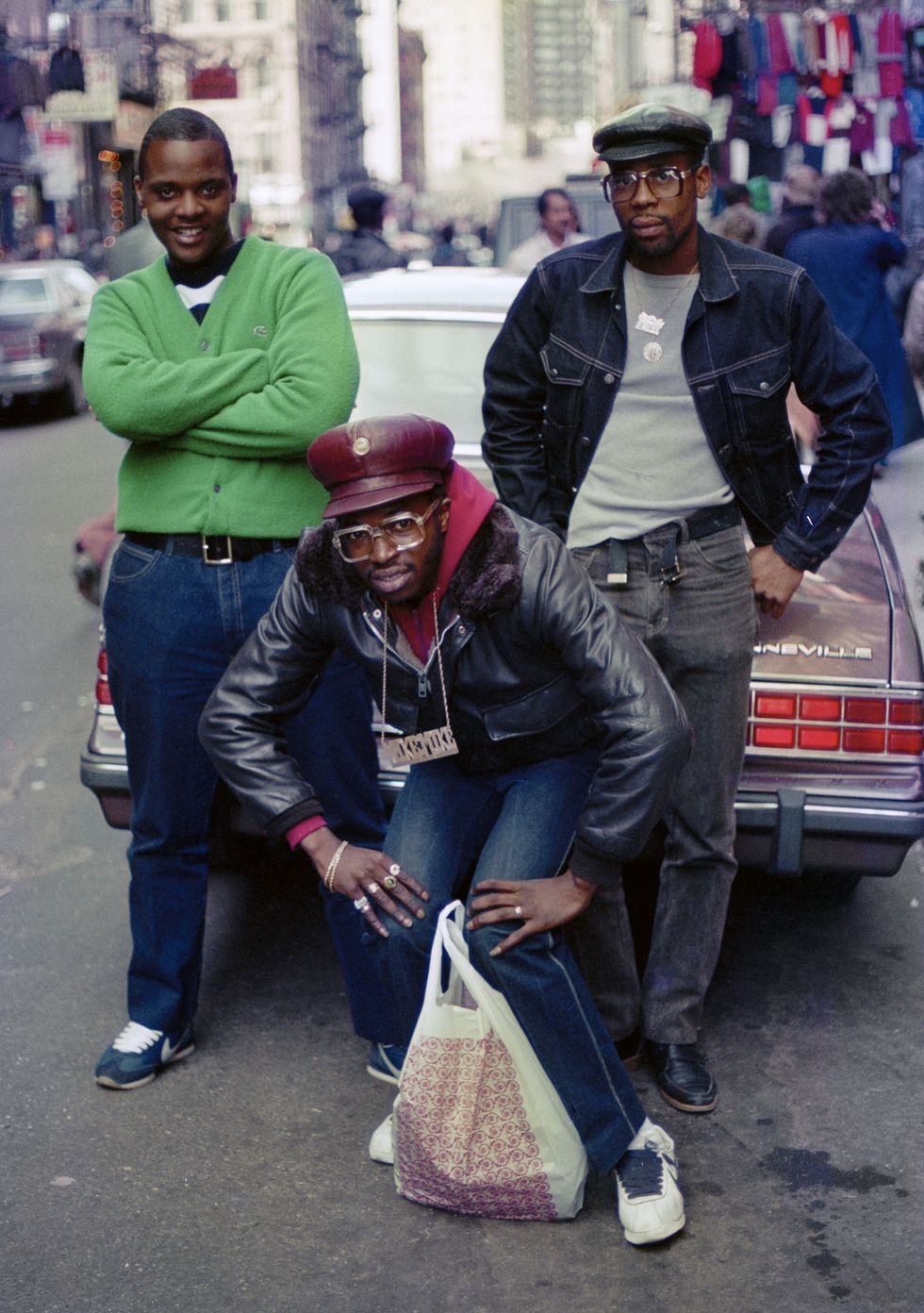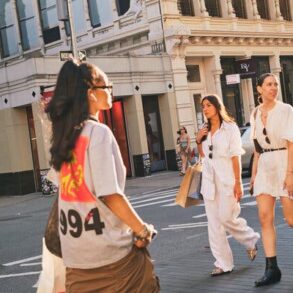At the time I discovered hip-hop, I was waist-high to an adult and an aspiring simulacrum of Michael Jackson’s style. (Picture a Jheri curl, pleather Thriller jacket, and penny loafers.) Then my aunt Maria, who was five years older, dropped an LP on the basement record player. “I said-a hip, hop, the hippie, the hippie / To the hip hip hop-a you don’t stop the rock.” Although I can’t be sure the Sugarhill Gang’s “Rapper’s Delight” was the first rap song I ever heard, it was the genre’s first mainstream hit, introducing hip-hop to the masses six years after DJ Kool Herc unveiled his breakbeats at a party in the Bronx all the way back in 1973.
That means this year—2023—it turns the big 5-0! And while rap might be the most popular aspect of what people now call “the Culture,” fashion has always-ever been an integral aspect of it. On that same seminal song, one of the group’s members—Big Bank Hank—bragged that he had “more clothes than Muhammad Ali” and dressed “so viciously.” Did he indeed own more clothes than the Greatest? I wouldn’t bet no bread on it. But that’s hip-hop fashion for you.
Hip-hop fashion has always been aspirational, about willing an ascent. Has always been about being clean, fly. About asserting one’s identity and distinguishing oneself as an individual. About exuding pride and dignity despite one’s circumstances.
It’s also postmodern in its tendency to mix high and low, to reinterpret and remix previous styles, to relish maximalism, to convey a rules-be-damned, anything-goes ethos across the eras.
Take the incipient B-boy era, when “knock-up” Dapper Dan leather jackets—not cheap, mind you—were mixed with Kangol bucket hats, tracksuits, and shell toes with phat laces or no laces at all. Or later, in 2003, when Jay-Z rapped, “Throw on a suit, get it tapered up” on “Change Clothes,” inspiring a wave of striped French-cuff shirts worn with side-cocked fitted caps. Or the current era, marked by the undeniable melding of hip-hop and high European fashion evidenced by Virgil Abloh and now Pharrell heading Louis Vuitton menswear, by the styles of “the Culture” being indistinguishable from those on Fashion Week runways.
Thanks to Yo! MTV Raps and Rap City and the magazines that let me see the people who made the music I grew to love, what I’ve worn and how I’ve worn it has evolved right alongside hip-hop fashion. From my imitative Michael Jackson duds to overalls with one strap loose and an Africa leather-patch necklace or a tracksuit with shell-toe Adidas. To oversize Platinum Fubu denim sets and Timberlands. To allover print Versace jeans and an oversize white tee. To dress shirts and sport coats paired with roomy denim and Gucci sneakers. To the black-and-gray palettes of European heritage brands. While the specifics shift, the ethos—the high-low, the anything-goes—has endured.
And what about you? How many Jordans or Yeezys or high-end sneakers do you own? Any bold-logoed Balenciaga, Givenchy, or Gucci in your closet? Any pics sporting luxe athleisure brands on your timeline? Ever rocked a bevy of gold chains or several rings à la Slick Rick? What about the kind of headgear you wear? How you wear those caps or brims? Has the fit of your clothes shifted from ultra baggy to fitted to capacious once again?
Which leads to one last question: Where will hip-hop fashion spur us in the next 50 years? The answer is: maybe somewhere it’s been. Is: wherever it damn well pleases. Is: everywhere with major flair.
This story appears in the September 2023 issue of ESQUIRE magazine
Subscribe

Mitchell S Jackson is a contributing writer for Esquire. He is the winner of a Pulitzer Prize and a National Magazine Award as well as the acclaimed author of the memoir Survival Math, and the award-winning novel The Residue Years.




